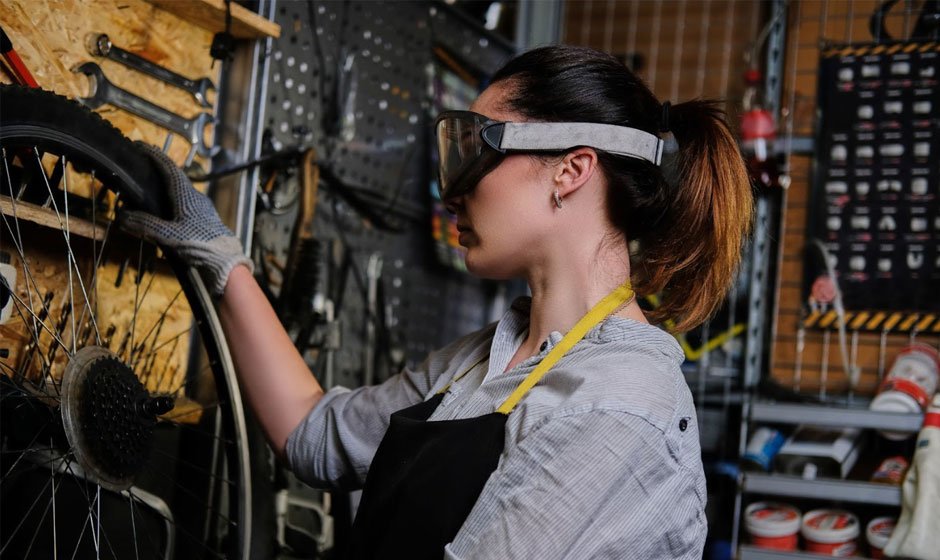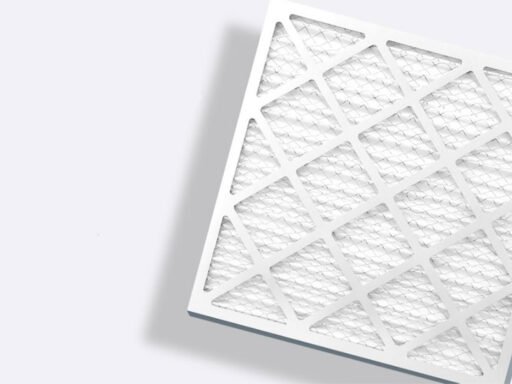Structured cabling is the backbone of any modern business infrastructure, providing the foundation for all data, voice, and video communication. Whether you are setting up a new office, upgrading your current system, or expanding your network, following best practices for network cabling installation is crucial to ensure a reliable, scalable, and efficient system. In this article, we’ll share tips from industry professionals to help you achieve a top-notch structured cabling setup.
1. Plan Thoroughly Before You Start
Before diving into the installation, meticulous planning is essential. Create a detailed blueprint of your network requirements and layout. Consider factors such as the number of devices, future expansion plans, and specific needs like power over Ethernet (PoE). This stage involves:
- Site Survey: Conduct a thorough site survey to understand the building layout, identify potential obstacles, and plan cable routes.
- Design Documentation: Develop comprehensive design documentation, including floor plans, cable pathways, and network diagrams. This will serve as a reference throughout the installation process.
2. Choose the Right Cables
Selecting the appropriate type of cable is a critical decision that impacts the performance and future-proofing of your network. Key considerations include:
- Cable Categories: Choose cables that match your network requirements. For example, Cat6 cables are suitable for gigabit networks, while Cat6a or Cat7 may be necessary for 10 gigabit applications.
- Shielding: Consider shielded cables (STP) in environments with high electromagnetic interference (EMI) to minimize signal degradation.
- Fiber Optic Cables: For long-distance runs and high-speed data transfer, fiber optic cables are often the best choice. They provide higher bandwidth and are immune to EMI.
3. Adhere to Standards
Following industry standards ensures compatibility, performance, and safety. Key standards include:
- TIA/EIA-568: This standard outlines the specifications for cabling systems, including performance requirements, installation practices, and testing methods.
- BICSI Guidelines: The Building Industry Consulting Service International (BICSI) provides guidelines and best practices for designing and installing cabling systems.
4. Use Quality Components
Investing in high-quality components is vital for the longevity and reliability of your networking cabling system. This includes cables, connectors, patch panels, and racks. Quality components reduce the risk of failures and maintenance costs over time.
5. Follow Proper Cable Management Practices
Effective cable management is crucial for maintaining an organized, efficient, and easily maintainable network. Tips for proper cable management include:
- Labelling: Label all cables, patch panels, and ports clearly. This simplifies troubleshooting and future upgrades.
- Cable Pathways: Use cable trays, ducts, and conduits to organize and protect cables. Avoid running cables across floors or unsecured spaces.
- Bend Radius: Maintain the recommended bend radius for cables to prevent damage and signal loss. Avoid kinking or over-bending cables.
6. Maintain Separation from Interference Sources
Cables should be kept away from potential sources of electromagnetic interference (EMI) and radio frequency interference (RFI). This includes power lines, fluorescent lighting, and electrical equipment. Use separate pathways and maintain adequate spacing to minimize interference.
7. Test Thoroughly
Testing is a crucial step to ensure the integrity and performance of your structured cabling system. Perform the following tests:
- Continuity Testing: Verify that all cables are properly connected and that there are no breaks or shorts.
- Performance Testing: Use testing equipment to measure signal loss (attenuation), crosstalk, and other performance parameters. Ensure that all cables meet the required standards.
- Documentation: Document all test results for future reference and troubleshooting.
8. Plan for Future Expansion
Design your structured cabling system with future growth in mind. This includes:
- Extra Capacity: Install additional cables and ports to accommodate future devices and expansion.
- Scalable Design: Use modular components and designs that can be easily expanded or upgraded without significant disruption.
- Flexible Pathways: Design cable pathways that allow for easy addition of new cables without extensive rework.
9. Hire Experienced Professionals
While some organizations may opt for in-house installation, hiring experienced professionals ensures that your data cabling system is installed correctly and efficiently. Certified installers bring expertise, adhere to industry standards, and often provide warranties on their work.
10. Regular Maintenance and Upgrades
Once your structured cabling system is installed, regular maintenance is essential to ensure continued performance. This includes:
- Routine Inspections: Conduct regular inspections to identify and address any wear and tear, damage, or potential issues.
- Upgrades: Keep abreast of technological advancements and upgrade your system as needed to maintain optimal performance.
- Documentation Updates: Maintain and update documentation to reflect any changes, additions, or upgrades to the system.
Conclusion
A well-planned and properly installed structured cabling system is essential for the efficiency and reliability of your network infrastructure. By following these best practices from industry professionals, you can ensure that your structured cabling installation meets current needs and is prepared for future growth. From thorough planning and quality component selection to meticulous cable management and regular maintenance, each step plays a crucial role in the success of your network. Investing time and resources into following these best practices will pay off in the form of a robust, scalable, and high-performing data cabling system.





